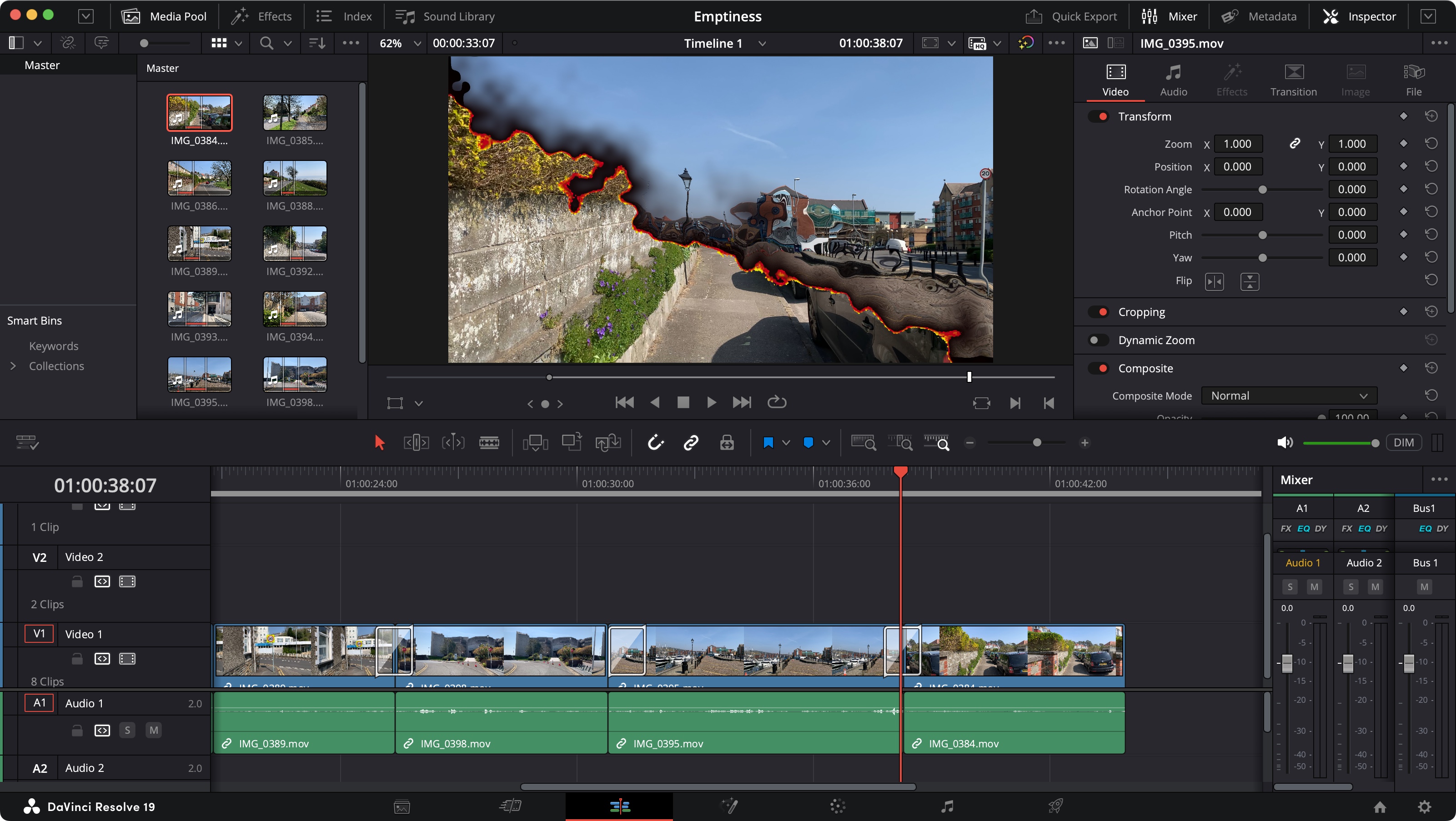10 tips for painting skin tones
We explain how to perfect painting skin tones in this step-by-step tutorial.

Painting skin tones and creating accurate colour is no easy task. Getting the depth of colour spot on and capturing light and dark tones by mixing colours requires a delicate balance and a careful touch. This is especially true when you have a limited colour palette available.
- Oil paint in a range of colours (Scarlet Lake, Ultramarine Blue, Titanium White, No. 1, Yellow Lake, Alizarin Crimson)
In this tutorial, we explain how to mix the perfect skin colour, for both darker and paler skin tones. We use a mix of only six colours to get the perfect shade so you can see how it can be done. Here, we've used oils but the same techniques can work for a range of paints.
For more oil paint resources, see our guides to the best oil paint supplies and best oil paint canvas. Want something more varied? Here's our best art supplies roundup.
How to mix paint for darker skin tones
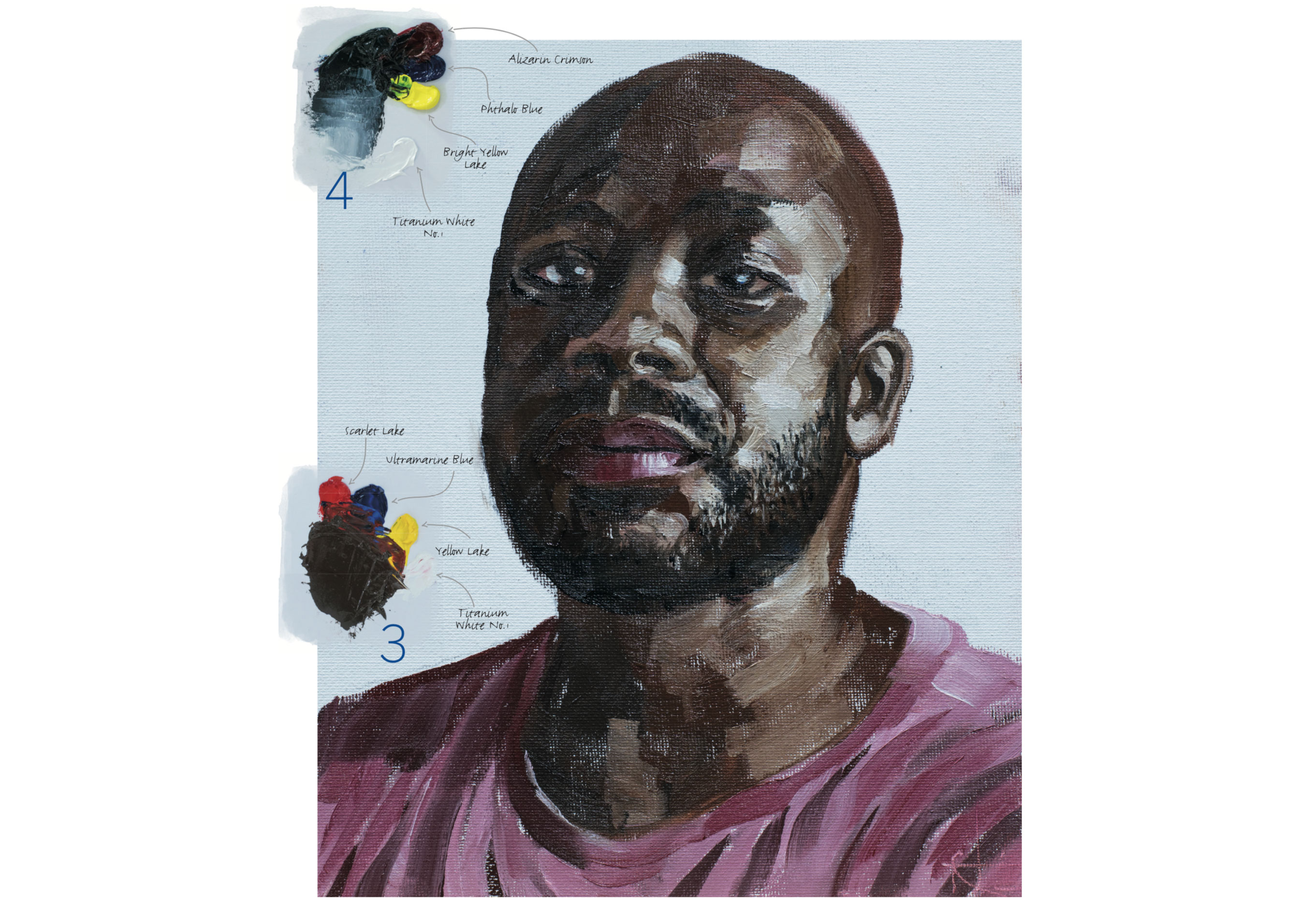
Learn how to approach mixing darker skin tones using a limited palette. Build from an initial local colour and push out extremes of light and dark, plus details. And get the right paint by picking them from our best oil paints guide.
01. Paint mid-tones
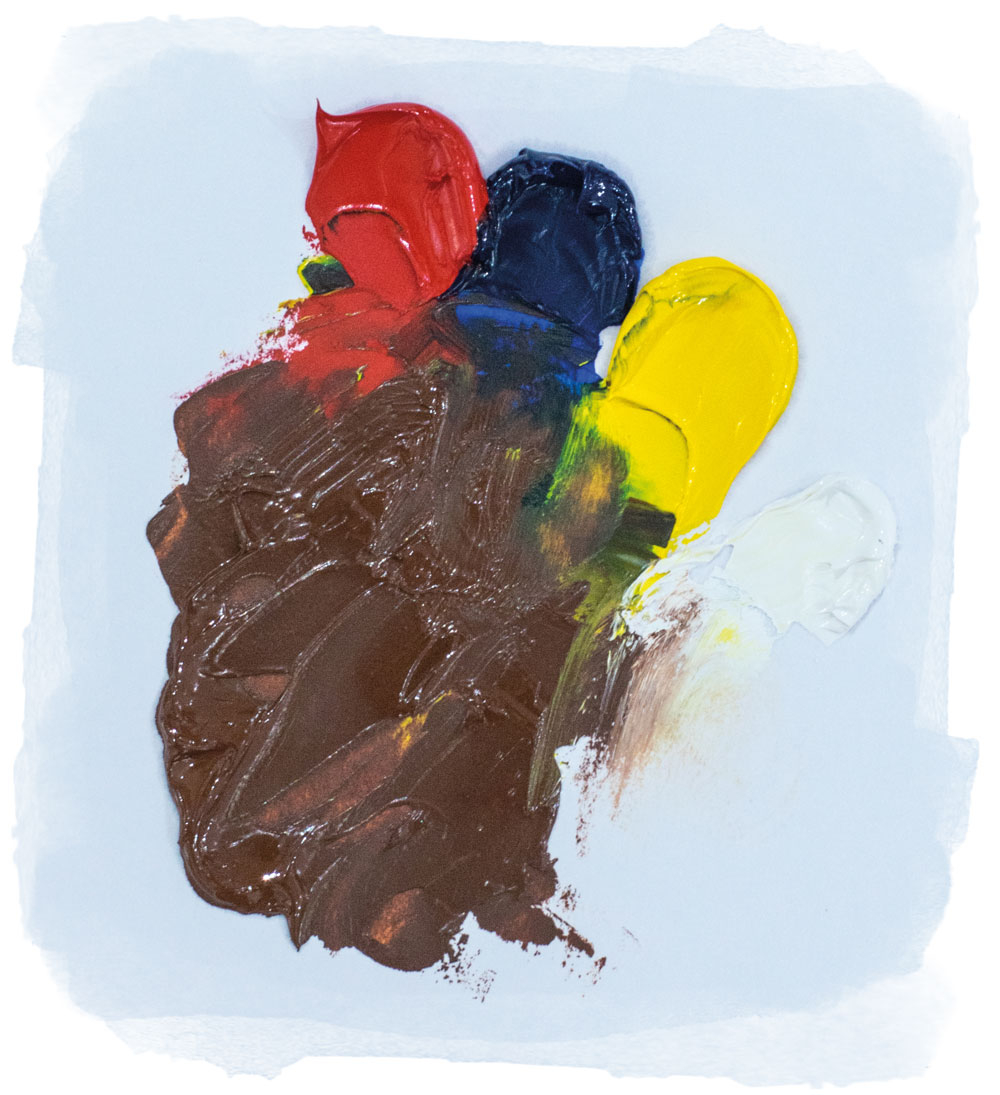
All skin tones range from base colours of oranges through to browns. You first need to find the local colour of your subject – this is the midpoint of your subject's skin tone. You can then push that midpoint to its lightest and its darkest points. Dependent on lighting, if you mix three unrelated colours to represent these shifts in tone, they will not sit realistically.
Here, we've mixed a brown with a fairly even balance of Scarlet Lake and Ultramarine Blue to create a violet, added heavy Yellow Lake to desaturate the violet, and a touch of Titanium White No.1 to cool it down a little.
02. Create lighter skin tones
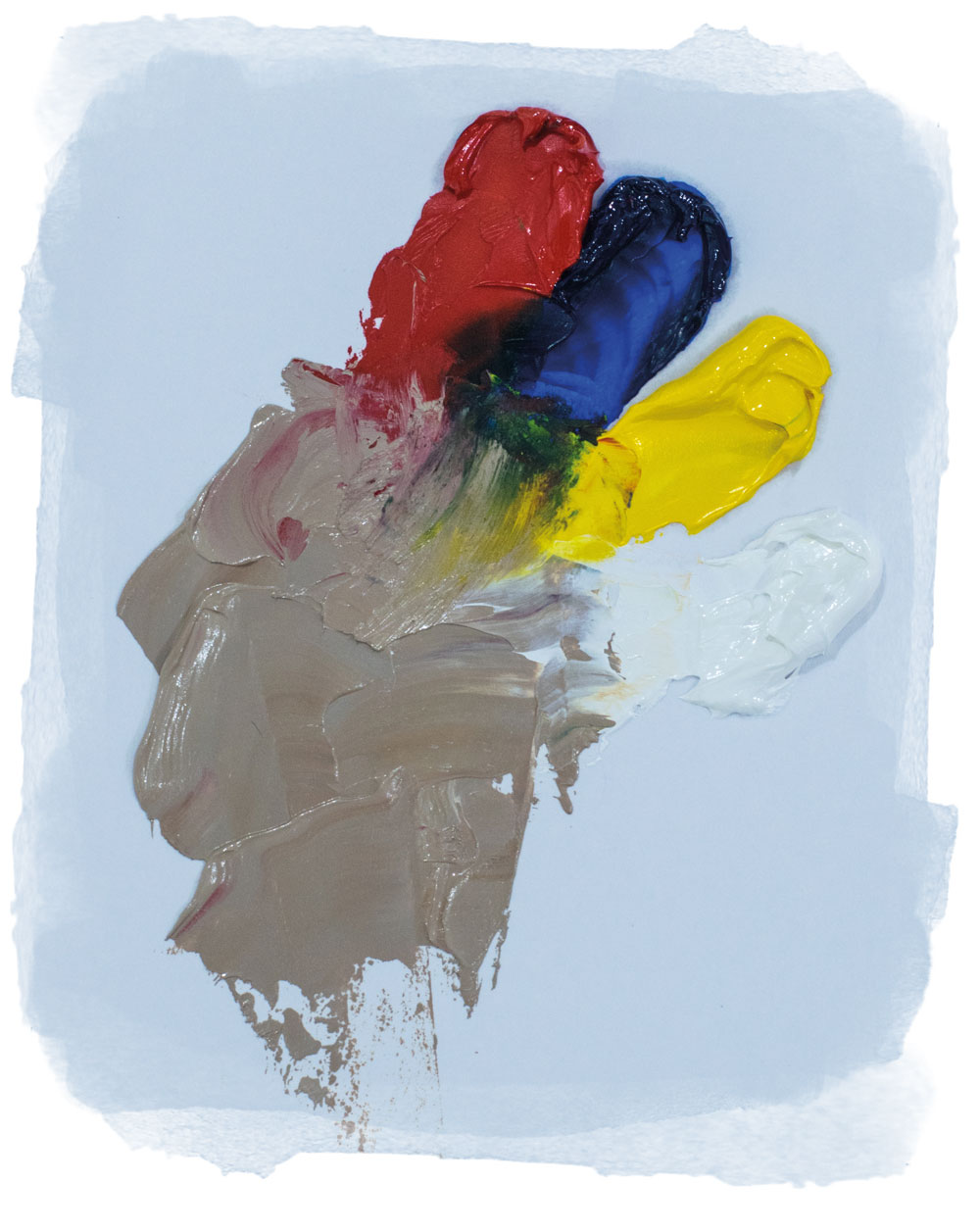
In this mix you want to push your midpoint mix towards the lightest skin tones. Take the same mix of Ultramarine Blue, Scarlet Lake, Yellow Lake and Titanium White No.1, but add increasing amounts of Yellow Lake and Titanium White No.1. If you find the mix starts to go too yellow, carefully add small amounts of Scarlet Lake and Ultramarine Blue to bring it back in line.
The Scarlet Lake and Ultramarine Blue combine to create a warm violet that you are then desaturating (or greying down) with your warm Yellow Lake to create a warm brown. Use a tonal scale to test if you've got the correct tone in your mix.
03. Create darker skin tones
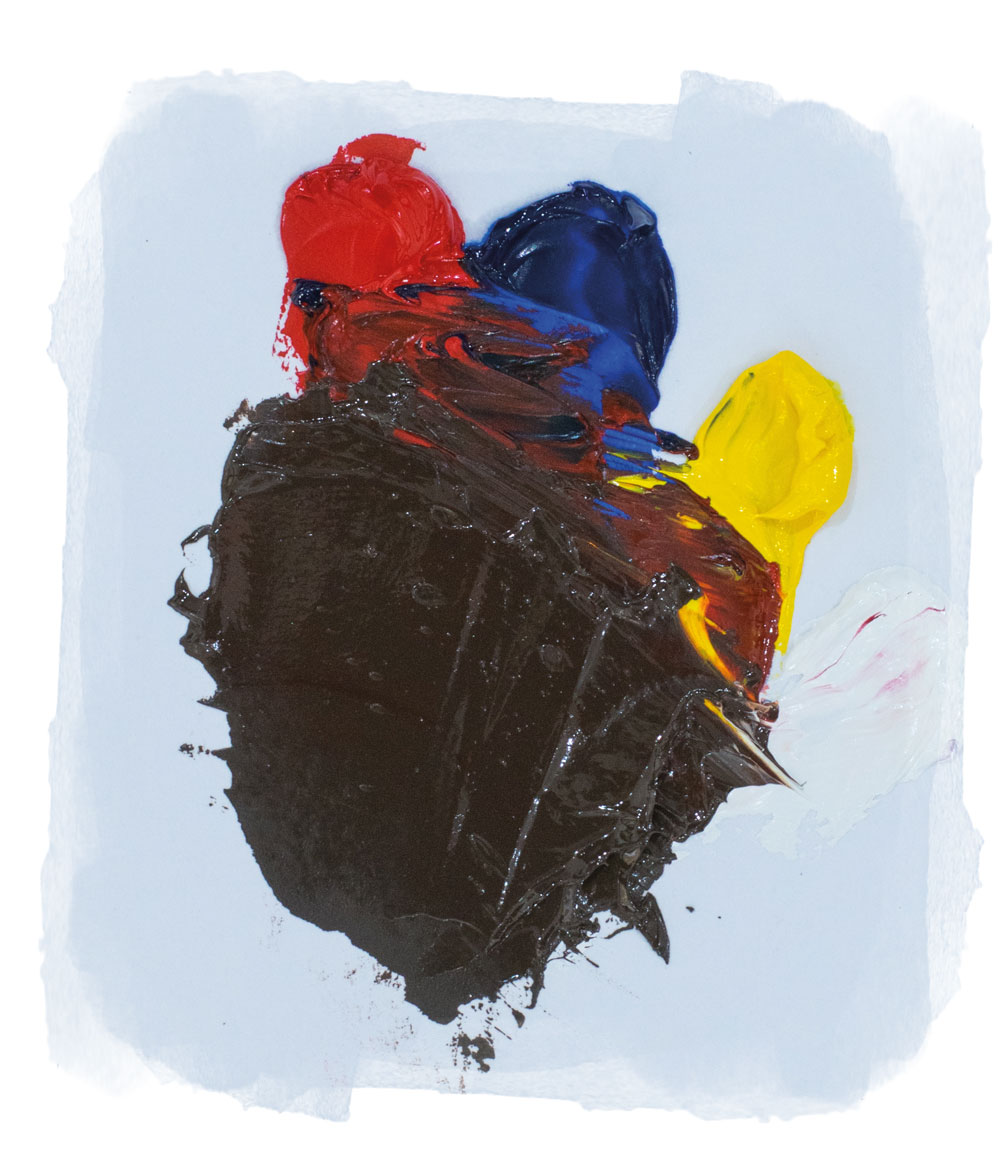
Adapt the midpoint again, but this time push it towards the darkest skin tones. Taking the same mix of Ultramarine Blue, Scarlet Lake, Yellow Lake and Titanium White No.1, we're now adding increasing amounts of Scarlet Lake and Ultramarine Blue. If you find the mix going too blue, too red or too violet, simply add more of the counter-balancing colour. Too red? Add more blue. Too blue? Add more red. Too violet? Add more yellow. Once you have these three steps mixed, you can experiment adding additional colours to each to pick out the diverse number of colours found in all skin.
04. Mix paint for hair
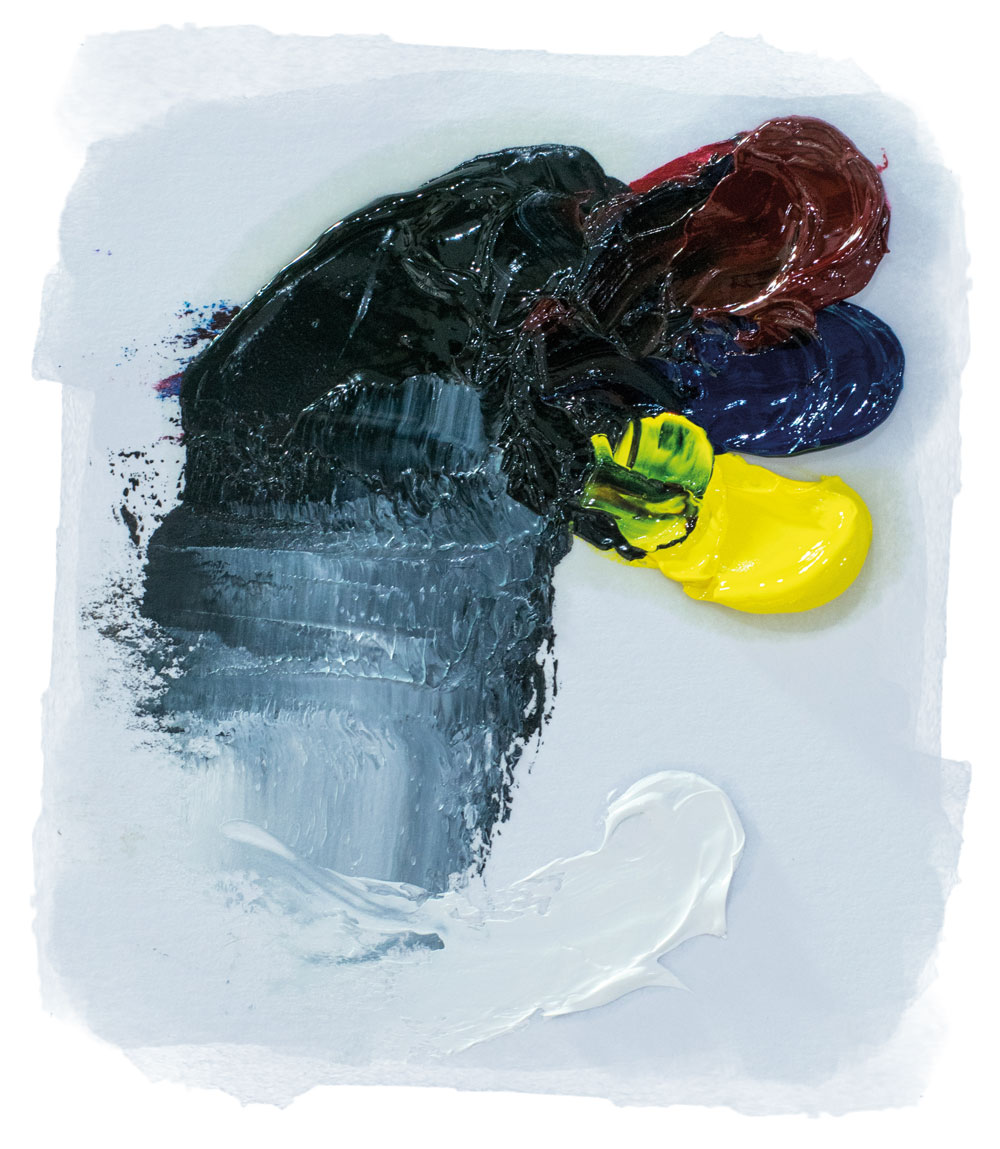
One of the most impressive examples of the 12-step and six-step colour wheel method is mixing your own blacks. Well, if you're a paint geek like we are, anyway. As with the brown, we're going to mix a violet and then desaturate it with its complementary colour – yellow – but this time we'll be using all the cool versions of our colours.
Mix the Alizarin Crimson and Phthalo Blue Lake into an even violet, then start to add Bright Yellow Lake to desaturate the violet into the black. If you go too yellow, simply add more of the Alizarin Crimson and Phthalo Blue Lake. Watch out for the super tinting strength of Phthalo Blue Lake.
05. Create colours for lips
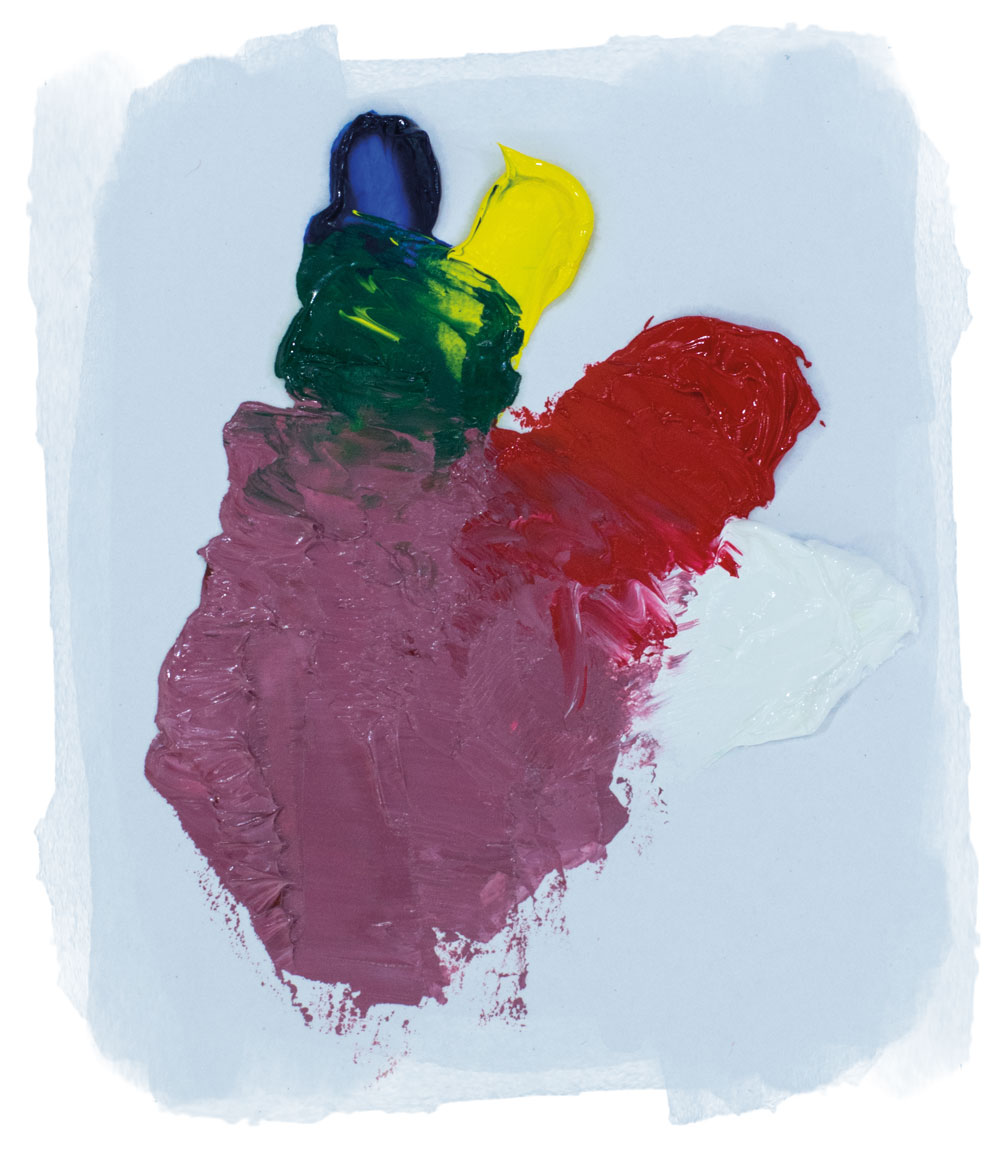
Lips are one of those tricky colour mixes to get right. If slightly overdone, they can have the tendency to look painted on. If underdone, a face can look washed-out and ill. Of course, if you're painting the portrait of someone wearing make-up, this isn't a problem. In this instance, a greyed-down pink works well for the t-shirt too, so we mixed some Scarlet Lake and Titanium White No.1, then mixed a green from Ultramarine Blue and Bright Yellow Lake as a complementary to desaturate the pink.
How to mix paint for paler skin tones
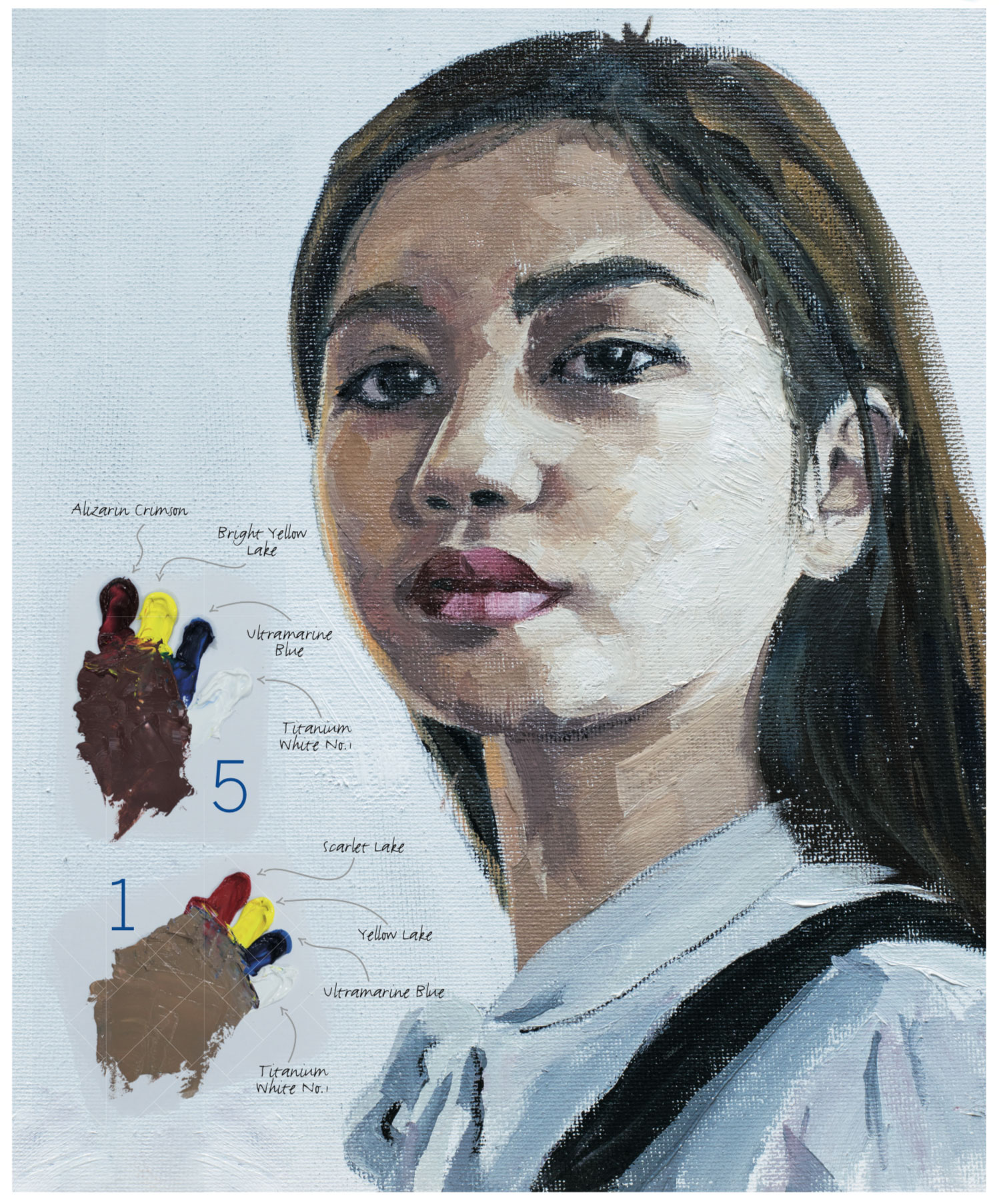
Expand upon the lesson learned in the first portrait by following the same approach on a different skin tone.
01. Mix for mid-tone skin
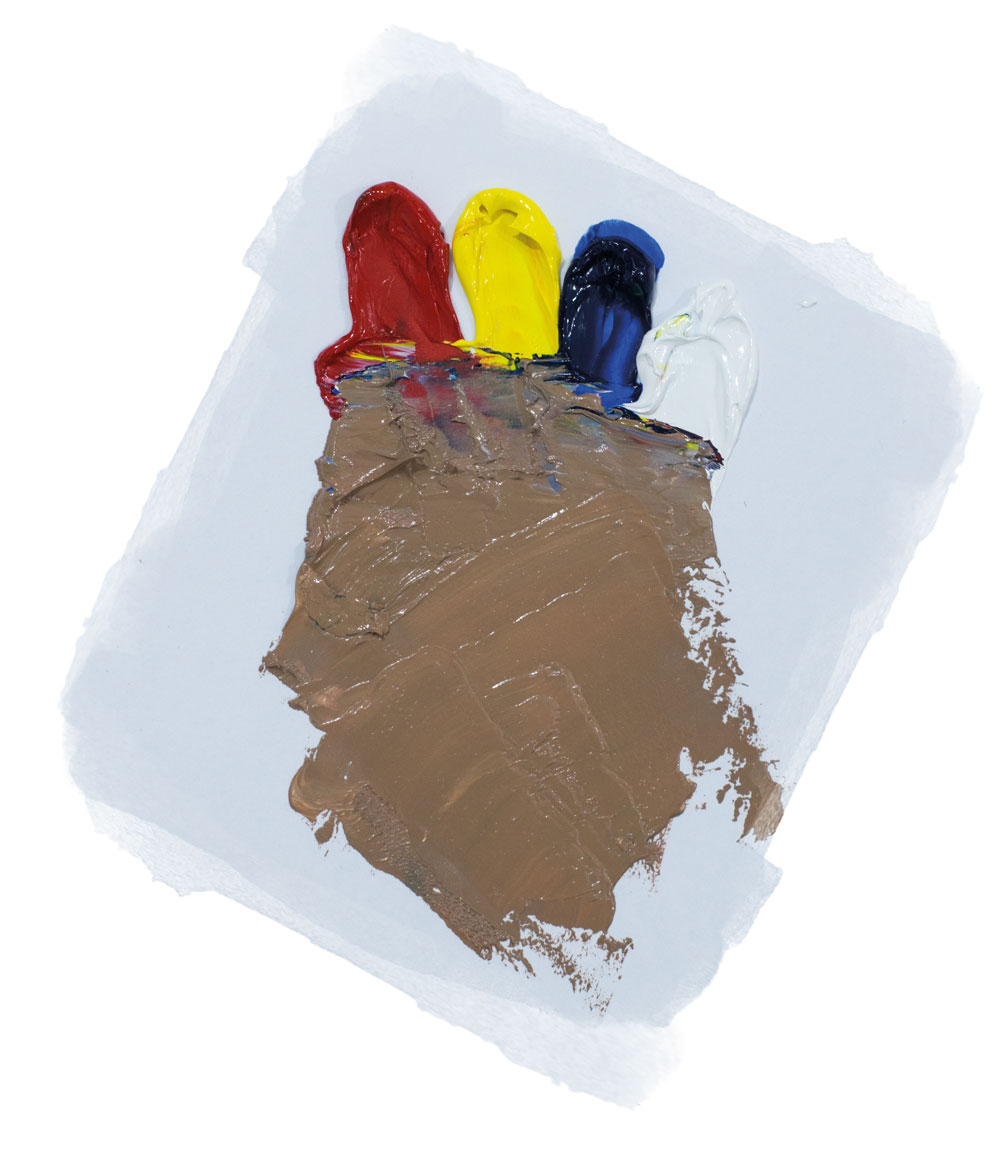
First you need to determine the mid skin tone of your subject. This can be tricky to determine if there's a lot of different lighting in your scene, so you may need to approach strong light sources separately.
Try squinting at the subject. This reduces the range of tones you can see and simplifies your subject's tonal range. Here, Scarlet Lake and Ultramarine Blue were mixed to produce this warm violet and then reduced its saturation by adding increasing amounts of Yellow Lake to get the warm light brown. The brown was then then cooled and lightened by adding Titanium White No.1.
02. Paint for light skin tones
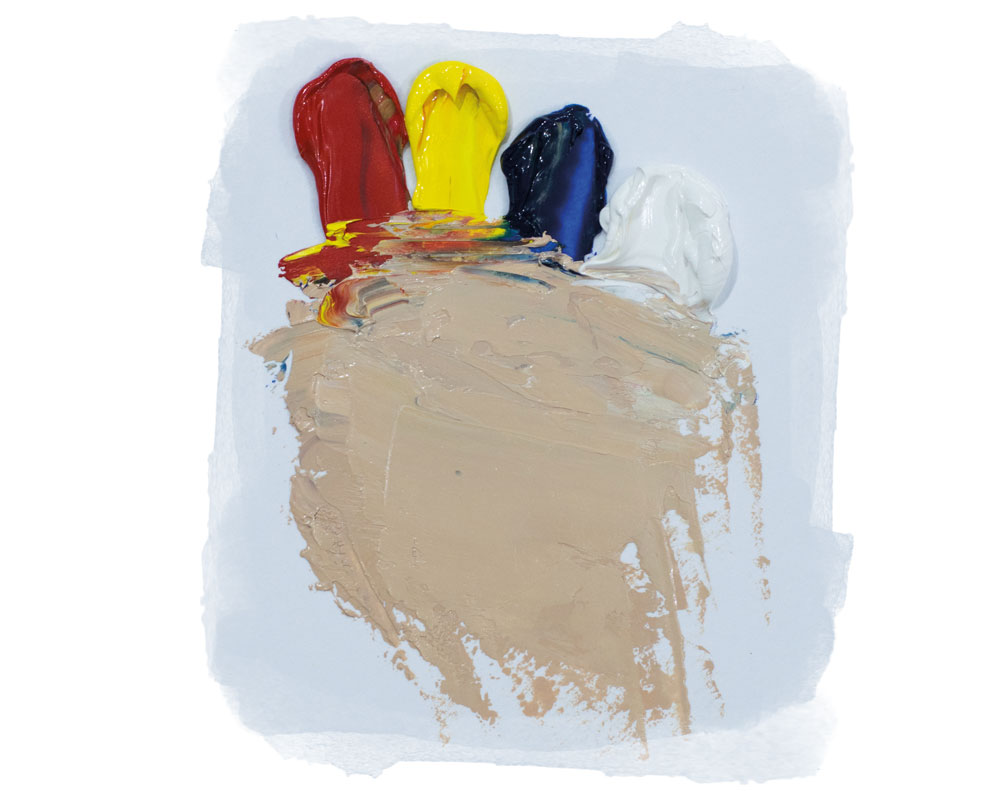
Try using a tonal scale to accurately judge whether you're reaching the desired tone. You can make these yourself by adding white to one end of a strip of card and black at the other end. Then mix a 50 per cent grey and place halfway in between, and then 25 per cent and 75 per cent greys respectively.
You will be shifting tone about as you add increasing levels of details but it really helps to get this initial stage right first. Here, the same mix is used as in step one, but this time we added greater quantities of Yellow Lake and Titanium White No.1 until the desired tone was reached.
03. Make the darkest skin tones
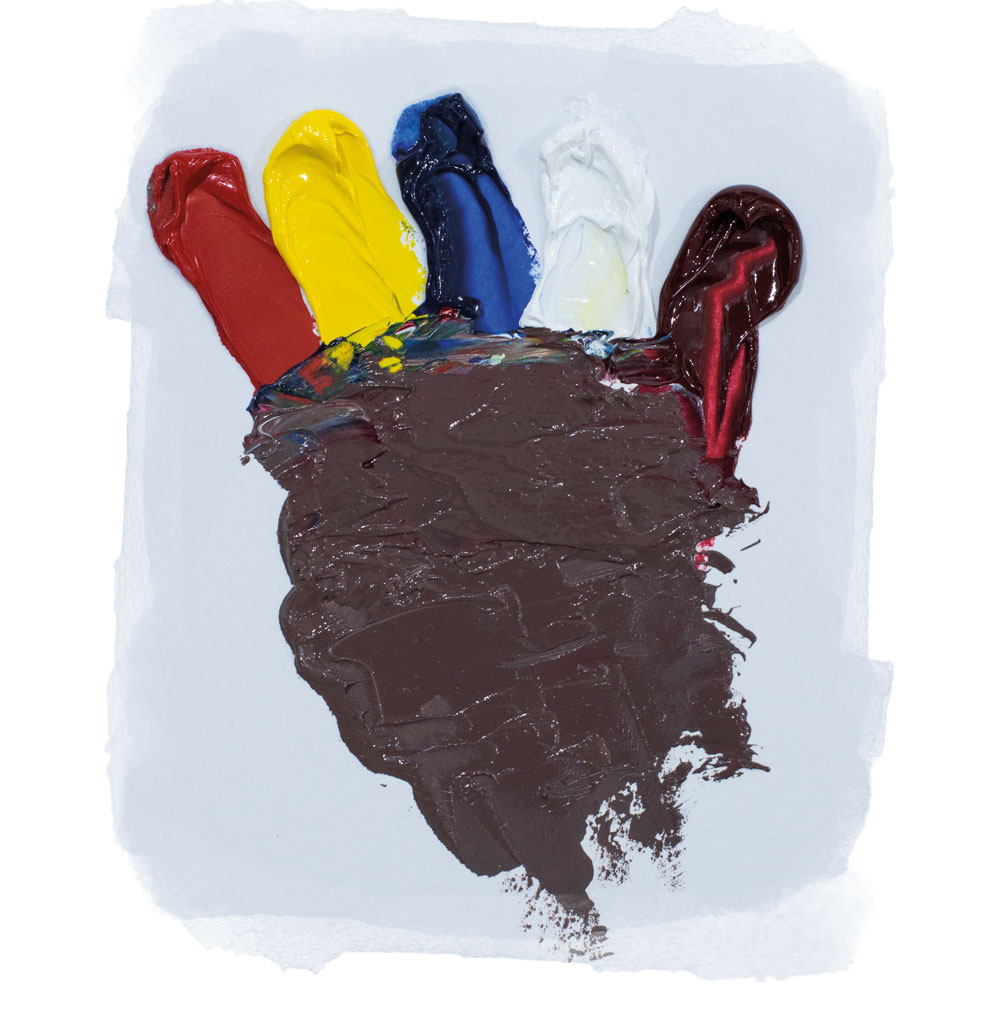
The darker areas of your subject's skin tones have a more violet tendency, so you're going to have to shift the skin tone mix accordingly. We used Scarlet Lake and Ultramarine Blue to make a violet that leant more towards the blues to keep it cooler, then added Yellow Lake to desaturate the violet and some Alizarin Crimson to add even more depth to the mix. It was then lightened and cooled down with a little Titanium White No.1. Try adding increasing amounts of Ultramarine Blue and Alizarin Crimson if the mix isn't quite violet enough.
04. Mix paint for hair
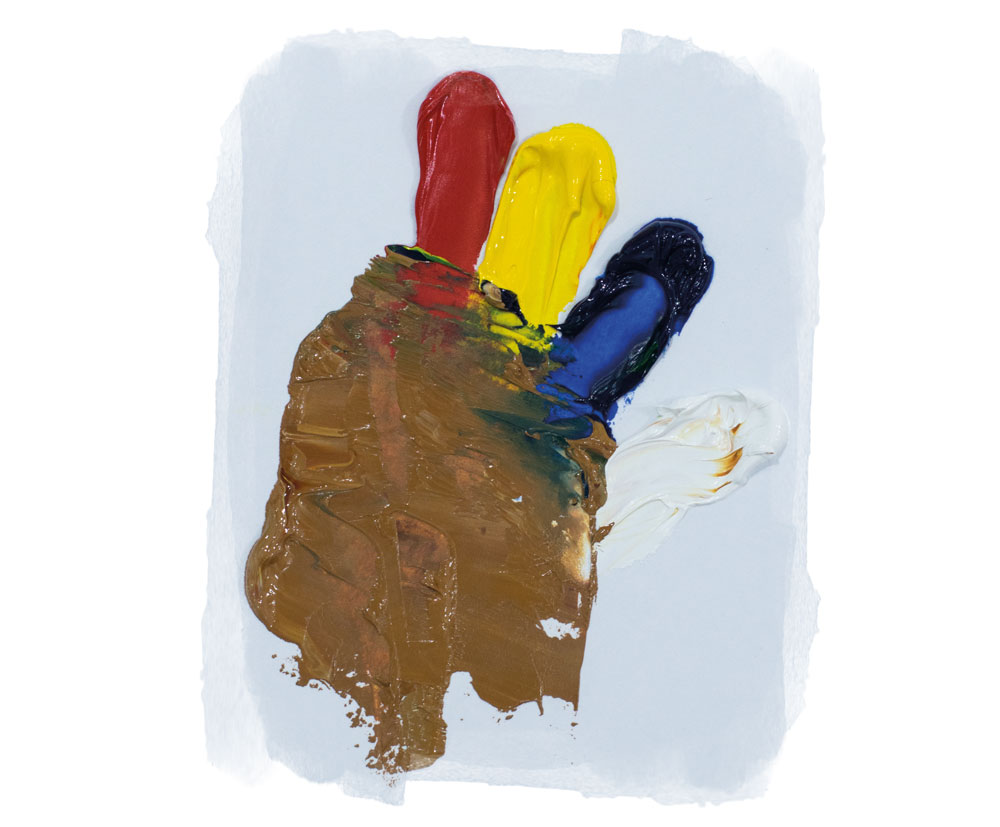
The subject's hair is black in most places, but looks as if highlights are added too. With the lighting these show up as a light warm brown. We mixed Scarlet Lake and Ultramarine Blue to create a warm violet, adding more Scarlet Lake to this mix to keep the violet warmer, then reduced its saturation and turned the violet into a warm brown by adding Yellow Lake. The mix was then cooled and lightened by carefully adding small amounts of Titanium White No.1 until the desired colour was reached.
05. Mix paint to create lips
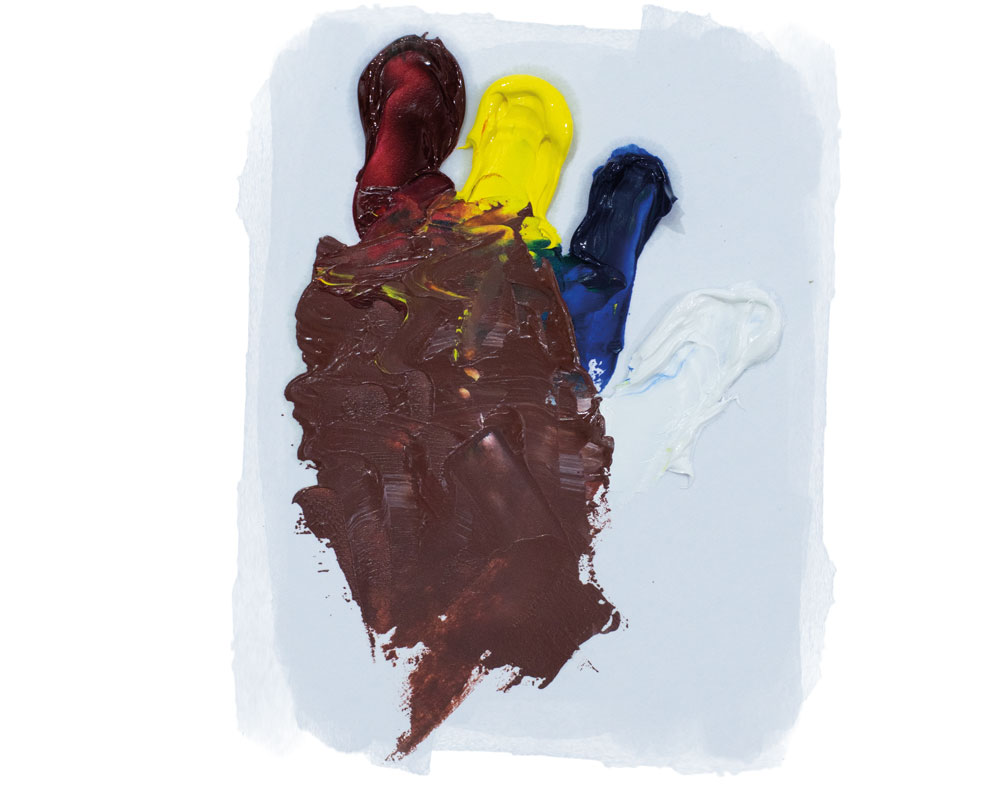
In this portrait the subject has a very pronounced lip colour so the aim was for them to 'pop' without overpowering the composition. In order to achieve this, the lip colour needed to be related to the skin tones, but also have its own sense of place in the painting. We mixed the violet but this time replaced Scarlet Lake with Alizarin Crimson to give the mix a deeper, more ruby red colour. Small amounts of Bright Yellow Lake and Titanium White No.1 were then added to subtly reduce the saturation and lighten the colour.
This content originally appeared in Paint & Draw: Oils. You can buy the Oils bookazine here. Or explore the rest of the Paint & Draw bookazines.
Read more:
- How to paint sunsets: Create the perfect coloured sky
- How to choose which paint brush to use
- How to stretch a canvas and set up for oil paints

Thank you for reading 5 articles this month* Join now for unlimited access
Enjoy your first month for just £1 / $1 / €1
*Read 5 free articles per month without a subscription

Join now for unlimited access
Try first month for just £1 / $1 / €1
Get the Creative Bloq Newsletter
Daily design news, reviews, how-tos and more, as picked by the editors.
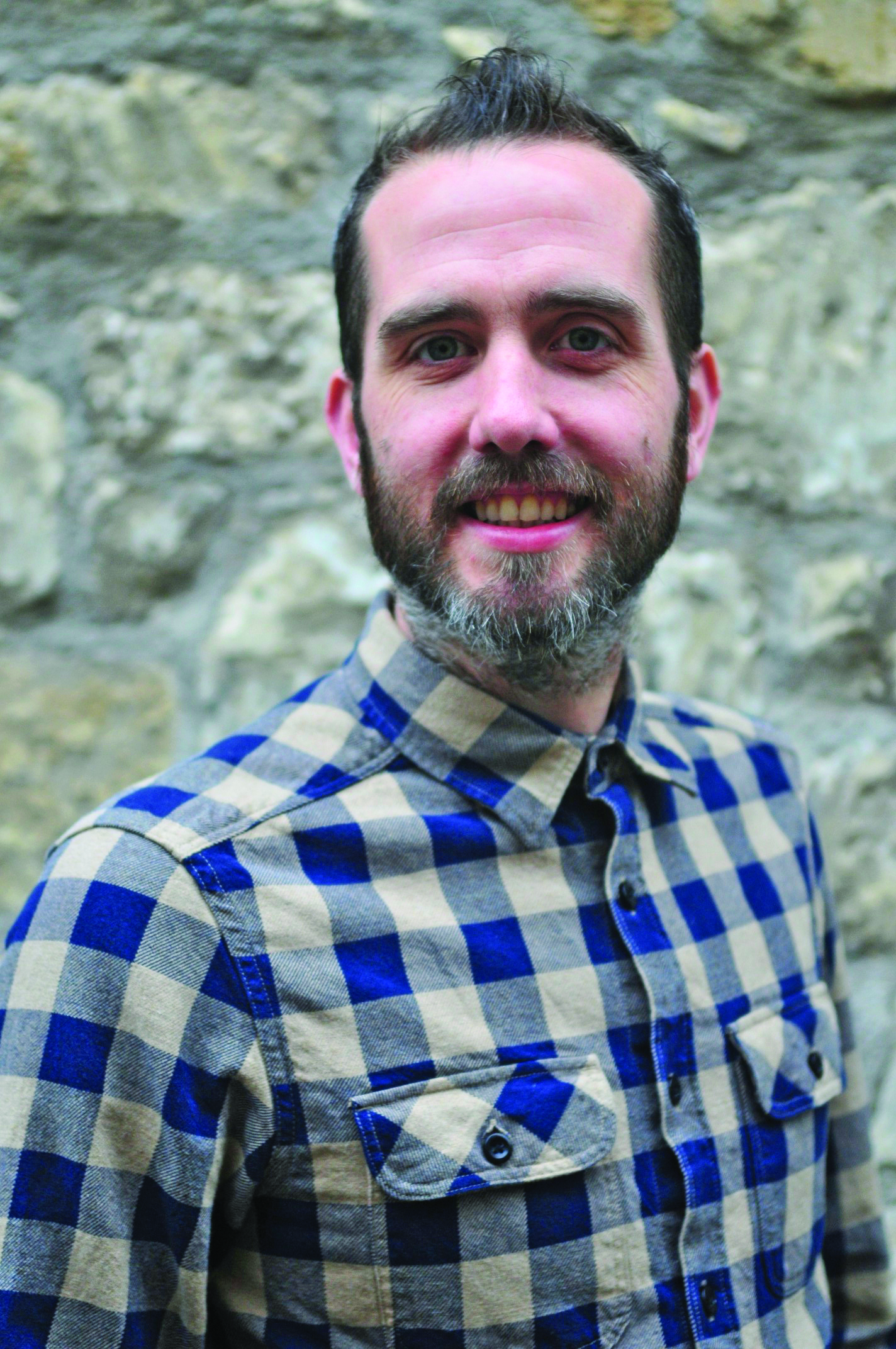
Rob Lunn is a self-taught painter, and loves to paint in oils. His influences are Vincent van Gogh, Caravaggio and Ilya Repin. He has taught art workshops since 2012 and gets a real buzz from teaching people to draw and paint. He has contributed to Paint & Draw magazine and bookazines, and has also provided traditional art tutorials for Creative Bloq.
- Georgia CogganEditor
